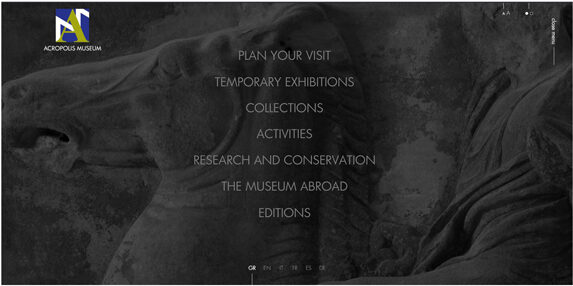As a classicist and an archaeologist, I love learning about different cultures and how there could be similarities between two cultures that never interacted with one another. The myths and legends of different cultures can sometimes be taken from older traditions or could be related without any connections that archaeology can determine. One example of this is the widespread flood myth. Many cultures all over the world and throughout history have had some form of flood myth. Within western civilization, there are a few myths that are well known and studied the most such as those of Egyptian, Babylonian, Assyrian, Sumerian, and Israeli cultures. As a Latina, however, I wanted to focus on non-western flood myths, more specifically those of Mesoamerica.
I decided to focus on Mesoamerica as a starting point as opposed to focusing on all of Central and South America just to get a sense of what information was already available and because I felt like I tend to not hear a lot of history about Central America compared to South America (just in a personal way). I have some roots in Central America, yet I know nothing about its history, and this was a way for me, as well, to learn a bit more about it.
With a lot of the readings that we had in this class as well as the other class I was taking this semester (Digital Pedagogy 2), there were discussions of lack of ownership that peoples of the Global South had for their own content such as OERs or digital archives (thinking back to the Danish West Indies archive from this class). Much of the content within the OERs or digital archives would be from the Global North or referencing scholarship from the Global North. To try to combat this cycle of learning, I wanted to focus on cultures from the Global South and hope that this project/platform helps to bring other cultures into the mainstream scholarship world.
My project will be a digital archive that will pull together flood myths from across Mesoamerica and artifacts from those cultures that may relate to the flood myths. The items and stories will be displayed as an interactive map and timeline visualization that will show where and when these flood myths appeared. In the future, I hope to partner with museums and culture centers in Mesoamerica to allow for individuals to provide their own flood myths they may have heard (since many of the stories are still oral history) and continue to add artifacts or stories that may not be digitized yet.



